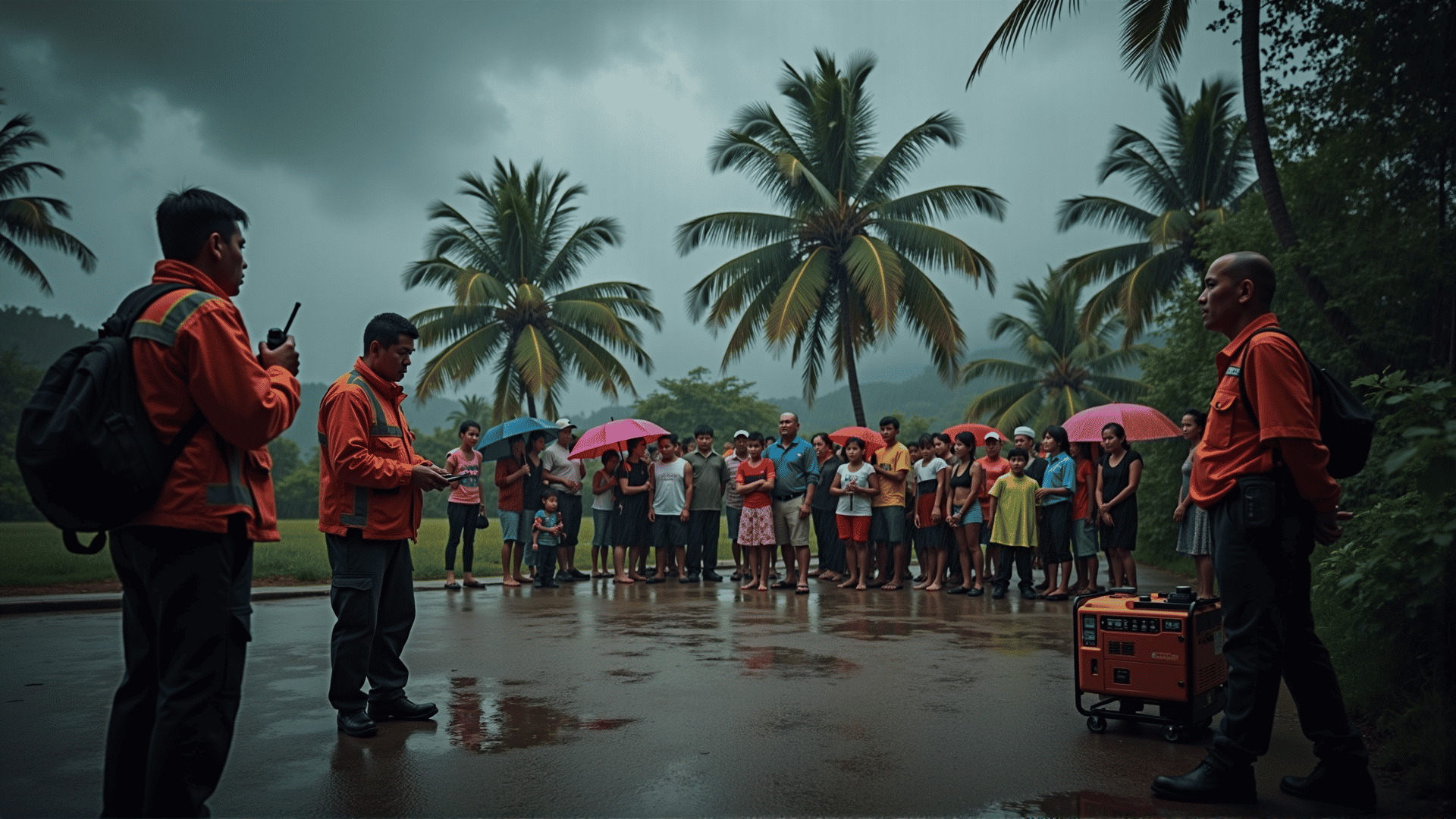Public relations play a crucial role in managing communication during natural disasters, particularly in regions like the Philippines that are frequently impacted by these events. Effective communication can mean the difference between panic and calm, misinformation and clarity, or even life and death. Here are some strategies that can help ensure credibility and build trust when disaster strikes.
The first step in any PR strategy during a natural catastrophe is preparation. Preparing beforehand involves establishing an emergency communication plan with updated contact lists, pre-drafted messages, and assigning roles to team members. Collaboration with local authorities, rescue teams, and non-governmental organizations should be established to ensure a coordinated response.
Transparency and accuracy become paramount when the storm hits. Quick dissemination of reliable information can prevent the spread of rumors and alleviate anxiety among the populace. PR professionals need to continuously update the public with verified facts and instructions via diverse channels—social media platforms, radio broadcasts, and community bulletins—ensuring no segment of the population is left in the dark.
Trust in communication can be further bolstered by ensuring that information flows both ways. Setting up hotlines and digital platforms where the public can ask questions or seek help is crucial. Acknowledging and responding to these inquiries demonstrates that the people’s needs and concerns are being heard and addressed.
Visual narratives can also augment traditional communication efforts. Posting images, infographics, or videos that offer guidance or updates about a disaster’s impact may be more effective than text alone. These visuals can help clarify complex data and reach audiences with different literacy levels or language backgrounds.
In the aftermath of a disaster, evaluating the communication strategy is vital. Gather feedback from stakeholders and the public to assess what worked well and what areas need improvement. Such self-assessment is invaluable for refining future responses and can demonstrate accountability and dedication to those affected.
Lastly, compassion and empathy should permeate all communications during a disaster. A tone that acknowledges human suffering and offers support can build a reservoir of goodwill, helping to maintain long-term credibility and trust.
In sum, PR is not merely about conveying information during natural disasters; it plays a transformative role in managing public safety and ensuring clear, compassionate, and competent communication. By effectively deploying these strategies, organizations can steer communities through tumultuous periods with resilience and unity.
